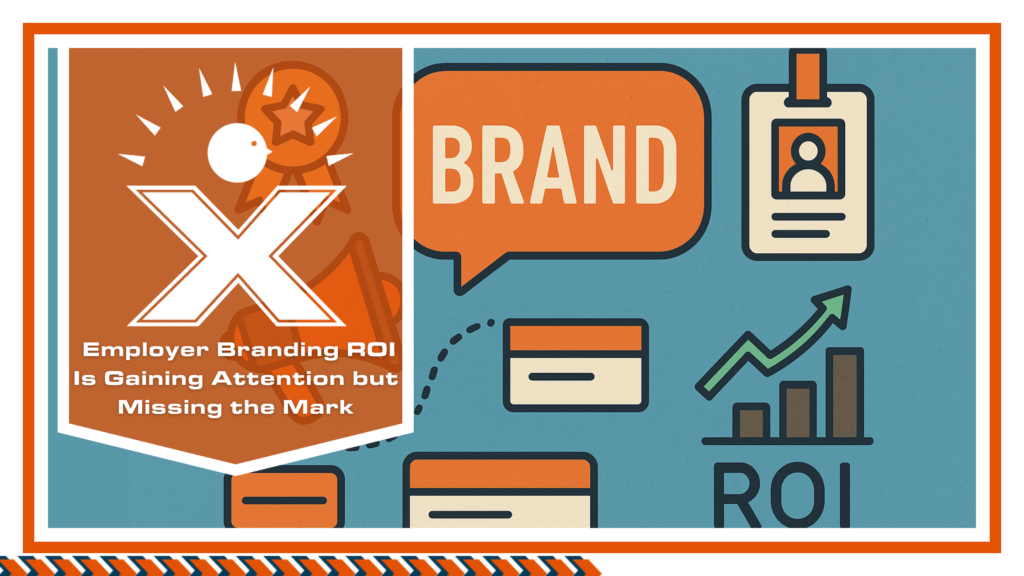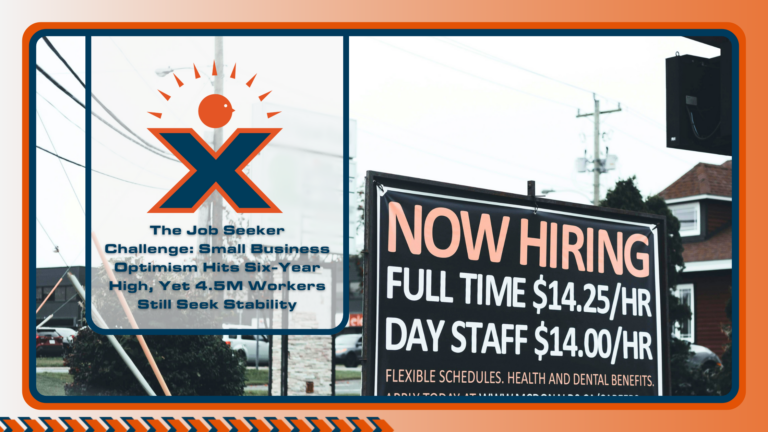“When people are financially invested, they want a return. When people are emotionally invested, they want to contribute.” – Simon Sinek. That distinction has never been more relevant than it is inside the walls of a business. Every brand wants people who are both types of investors—those who show up and buy in. But building that environment doesn’t happen by accident. It takes intention, measurement, and clarity. All three are often missing where it matters most: company culture. That’s where Employer Branding ROI is quietly becoming the metric that says the most but is understood the least.
Safety First Still Sends the Strongest Message to Employees
Culture often starts where people’s safety is concerned. Physical protection builds trust. From 2017 to 2023, more than 19,000 potential serious injuries or fatalities were identified across industries, according to data reviewed by ISN. The same report notes a 16% drop in these cases from 2022 to 2023—clear proof that prevention programs and a visible safety culture aren’t just compliance boxes. They reflect the kind of culture that attracts and keeps people.
Construction and transportation remain two of the highest-risk industries, yet smaller and mid-sized companies showed the greatest fluctuations in safety performance. Limited resources and high turnover often play a role. A strong safety foundation speaks louder than any policy manual. It becomes the backbone of how a workplace is perceived and remembered—both internally and externally.
Branding Efforts Are High—But Tracking Still Falls Short
While nearly 80% of organizations actively invest in employer branding, just 18% clearly communicate what they’re getting out of it. That’s one of the main findings from The Conference Board’s latest report on hiring strategy and brand visibility. It’s not that companies aren’t trying; it’s that they don’t know what success looks like.
Metrics like application volume and career site visits remain popular. Yet fewer than half attempt to track the return on branding efforts. Even fewer—just 3%—evaluate revenue per employee. That leaves a major gap between what branding is meant to do and what leadership can actually prove. If hiring and retention are the goals, then Employer Branding ROI must become a more meaningful part of the conversation.
A People-Focused Culture Isn’t Just a Trend—It’s Standard
Forbes points out that the most effective HR strategies put people at the center—not policies or perks. When teams feel heard and valued, they build stronger commitments and longer tenures. It underscores how focusing on employee well-being, daily feedback, and internal growth opportunities fosters more than just satisfaction. It creates a sense of ownership.
A culture where workers feel emotionally connected leads to performance gains across the board. This is the less visible, often undervalued side of branding. It’s not about job boards or logos—it’s about what people say about their experience long after they’ve left the building.
Three Sides of the Same Message
Each of these reports points in the same direction: the experience people have on the job speaks volumes. Safety sends the first message. Branding tells the broader story. And culture—the kind that centers around people, not just policy—keeps that story consistent. Measuring Employer Branding ROI isn’t just about calculating media reach or engagement; it’s about aligning how a company operates with how it wants to be known.
Culture That Can’t Be Faked
A strong employer reputation isn’t created through surface-level changes. It’s built through meaningful effort behind the scenes—from reducing injury risk to owning the employee experience. Even if it’s harder to measure in dollars, the return becomes obvious over time. Employer Branding ROI matters because it forces every company to look inward before trying to stand out.
And in a competitive hiring climate, that internal clarity can become your strongest advantage. Ready to maximize your hiring staff’s potential? Contact NEXTAFF today! Come explore how our customized staffing solutions can drive your business forward. Learn More About Client Solutions Today!












